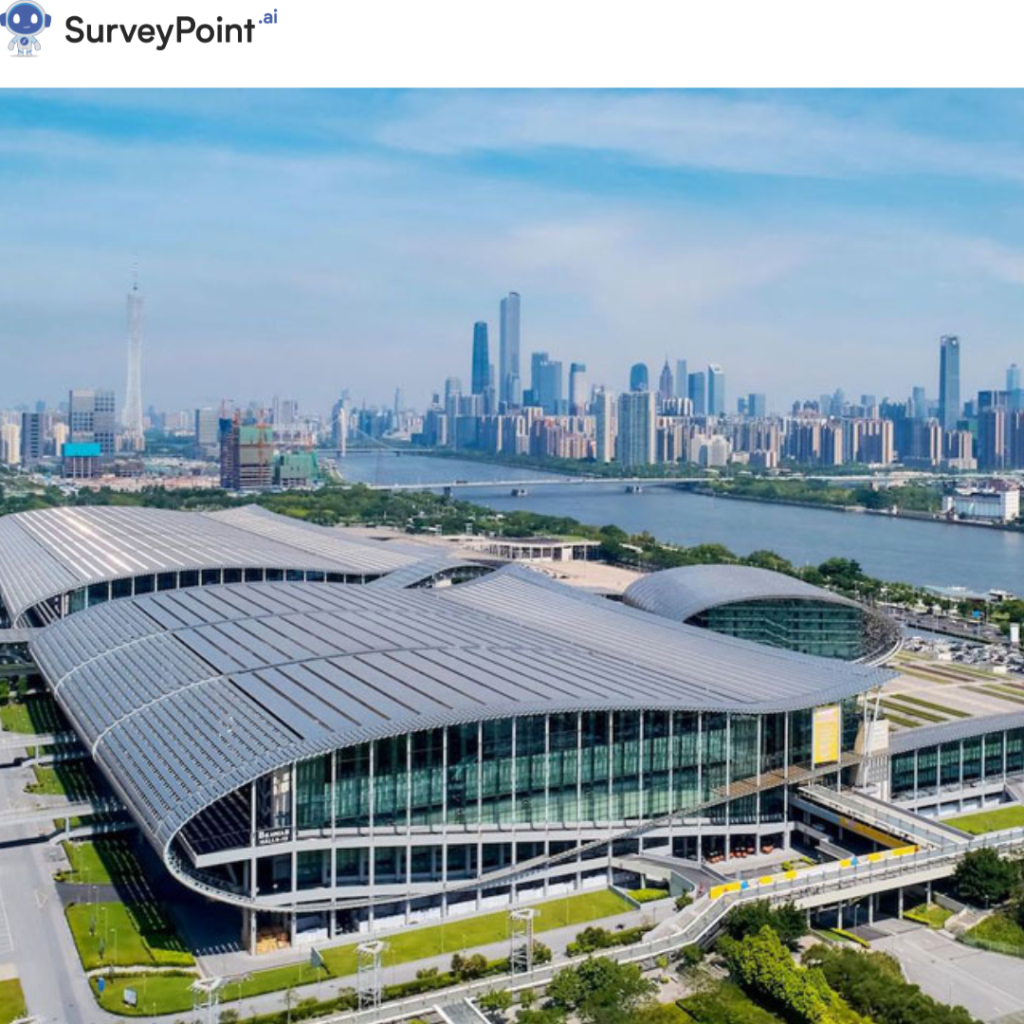
Every brand wants to grow. And the way to grow for any brand is by knowing and understanding how it compares with other brands on the market. For instance, it’s futile to continue advertising a plastic product line after discovering that the industry has shifted to more economical and sustainable solutions. Profit is the lifeblood of business.
To gauge what the consumers want, brands must conduct a lot of research. What better way to know what the people think than to ask the people themselves? This is where business surveys come in. Surveys are an efficient and organized way of collecting relevant information.
Perception surveys help organizations understand their image, products, and services better. People answer simple questions using questionnaires in either yes/no or a more elaborate answering format, giving vital insight into the brands. Using these surveys makes it easier for companies to devise plans and strategies for their overall growth.
Jumpstart your online survey creation with SurveyPoint pre-built templates! Data collection is a breeze thanks to its multitude of eclectic features.
Perception Survey Question Types
Many kinds of perception surveys are equipped with specific techniques to gain insight into the different matters concerning a company’s operations. Following are some of the most significant types of perception surveys:
Brand Perception
This one is easy. The meaning is in the name. These surveys are used to understand how consumers perceive the brand.
- Do they trust them?
- What is one word they would use to describe them?
- What was the last experience they had when they used their product? Was it excellent, satisfactory, or straight-up horrible?
As a result, these questions reveal whether people trust the brand and the likelihood that they will use or recommend their products to friends or family members.

Customer Perception
These surveys express the emotions and feelings customers have towards the brand. The difference between customer and brand perception is that the former explores a more personal relationship between a product and the user—customer surveys aid in disclosing what the users expect from the brand before even using their products.
Brands have the power to sway public opinion before even launching their products. If customers believe in the exclusivity of your products, you’ve won half the battle.
Culture perception
Unlike the brand and customer perception surveys, culture perception is usually meant for the company’s employees. No corporation can succeed unless the employees are satisfied with the work culture they live in every day.
- Are they comfortable in the environment?
- Do they feel comfortable approaching seniors for help?
- Do they have a safe space to suggest ideas that propel our products further?
- Are all employees treated fairly?
- Do they face any discrimination?
These surveys can mitigate problems that would not otherwise be obvious in brand performance reports and help create a much more efficient workspace.
Product perception
These surveys help contrast a customer’s experience and their expectations for the product if they had any in the first place. It is common for these questions to be phrased as “On a scale of 1-10, how well did we meet your expectations?”
These questions are crucial to figuring out the difference between how a product is portrayed to the general public and what it does. Ideally, the consumer should be well aware of the product’s performance before they have purchased it, so there is no disconnect between them and the brand.
Health and safety perception survey
Surveys of this type are intended to ensure the workplace is safe from a medical standpoint. It can also explore the arc of physical safety. For instance, with the increasing number of gun violence incidents, a school or university can create a safety perception survey to know if the students feel safe on their premises.
In a Nutshell
The results of a perception survey are essential to businesses. Based on these findings, a business can learn what consumers like and don’t like, whether or not they trust the company, and whether or not they would recommend it to a friend. Consumers’ views influence their behavior, so this data is crucial to helping companies succeed.
As with many surveys, perception surveys routinely contain demographic questions, such as age, sex, and income level, so that that data can be more efficiently sorted.
The business sector is only one user of perception surveys. Governmental, political, and social institutions often execute surveys to discover how the general public feels about a suggested law or a current issue.
Employer organizations also might run perception surveys among employees concerning benefits, working circumstances, or the company’s status.
Correspondingly, clubs and organizations might ask if the membership senses the group is steered in the right direction.
Heena Shah




